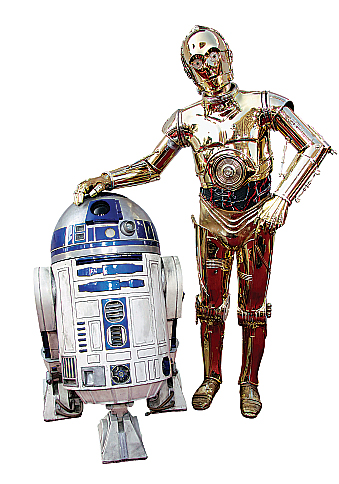I’m knee deep in the Consumer Electronics Show in Las Vegas so over the next few days I’ll be posting some retrospective - and futurespective (if that’s a word) - thoughts on the show’s past and future. With any luck, I’ll post some cool stuff from this year’s show.
Today, I thought I’d start with my most memorable CES experience, which was riding in a robot car at the 2008 show. The car, a GM SUV designed by Carnegie Mellon engineers, was tricked out with GPS, ladar (also known as laser radar and LIDAR) and a host of other sensors, all of which let it drive itself. The Boss, as the vehicle was known, won the 2007 DARPA urban challenge, an open race held by the Pentagon’s mad science division in an effort to spur development of robotic vehicles.
I wrote about the surreal experience in a CBC blog post, which you can read here. Alas, if only video were as ubiquitous back then (it’s amazing how quickly things have changed, particularly the field of journalism, which is increasingly relying on video), I’d post a first-hand view of the experience, since words really can’t capture the feeling. Wired actually did so, although the video can’t be embedded - you can see what it’s like to ride in the car by going here.
Scientific American also interviewed some of the people behind the Boss, which is here:
In a story I wrote at the time, GM representatives said fully robotic cars would be on the roads within 10 years, which is only six years away now. With Google experimenting with such vehicles and more automated features creeping into cars every year, we’re well on the way.

